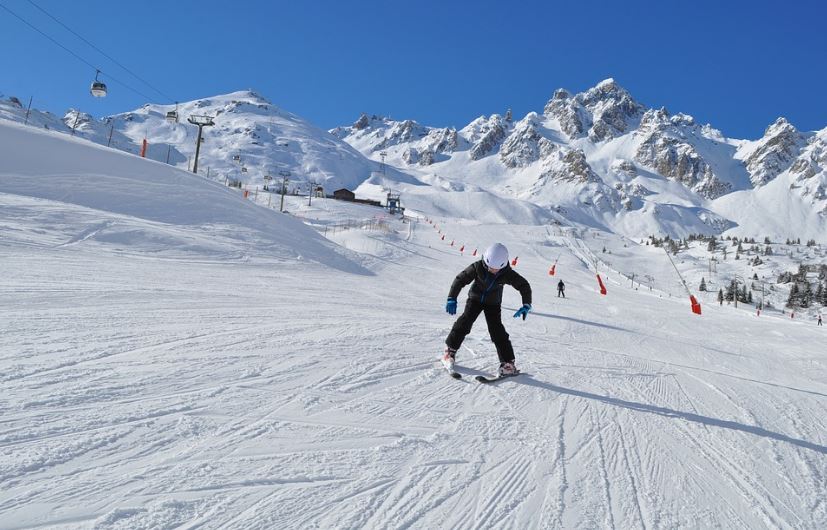It is the winter season and we are already experiencing the frosty winds. It is the best time to pick up your skies or snowboards and begin the fun. As you hit the slope to enjoy this feast of ice and snow, the best orthopaedic surgeon in Melbourne caution about some common injuries.
Winter sports are exciting but also involve high risk. The slope, high speed, sharp and risky turns, and twists, and tremendous pressure all these activities put on your legs and spine, are quite welcoming to mishaps. The risks are higher if you are a first-timer or have not prepared well for these activities.
One of the most crucial things is to listen to your coaches and your body carefully and respect their calls. Your coach will tell you all the necessary tactics and precautions that you must adhere to. Also, if you feel fatigued, better do not go the next round just because your friend is going. It is wise to stop when your body signals.
Here are some common injuries that many skiers and boarders face during winter sports. We also suggest ways to prevent each one of them.
Injury to knee ligament
Injury in the knee joint accounts for nearly one-third of the skiers’ injuries. Most common is the MCL sprain (Medial Collateral Ligament sprain) that occurs due to a sudden twist of the knee. People also face knee ligament rupture, especially ACL rupture (Anterior Cruciate Ligament rupture).
Prevention
The best way to prevent knee injury is to use knee support. A carefully chosen knee brace that provides adequate support to your knee can provide 30% higher resistance to the thrust hitting your knee. Multimode release bindings are also a great option, especially if you have had a knee injury history.
Snowboarder’s ankle
The lower limb injury that affects the ankle is owned by snowboarders and is popularly called snowboarder’s ankle. This injury happens when your ankle is exposed to high pressure and is sprained so much that it fractures the outer side of the ankle’s talus bone.
Prevention
A way to prevent this injury is to enhance your balance and proprioception. You can use a wobble board which gives you the necessary experience to know when your ankle is being sprained. You can also wear an ankle brace and high-cut shoes for additional support.
Fractured wrists
Falling is common in most winter sports. A natural response to a fall is to stretch your arms out to prevent the impact of the fall. Such a response results in you falling on your hands and your wrist taking the entire impact. For that reason, wrist injuries like Colles fracture and Scaphoid fracture are common among athletes.
Prevention
To prevent the impact on your wrists during falls, you can use wrist guards that provide significant support and prevent severe fractures.
Injuries related to spine and head
The biggest risk with skiing is the ultra speed with which you go down the slop. There is no easy or definite way to control which leads to accidents. It is common for skiers to collide with lift towers, trees, and other skiers. Such high-speed high-impact collision can result in spine and head injuries.
Prevention
You can use helmets to minimize the thrust to your head during collisions. However, it might not help in high-velocity impacts or for those who do not have well-built musculature.

